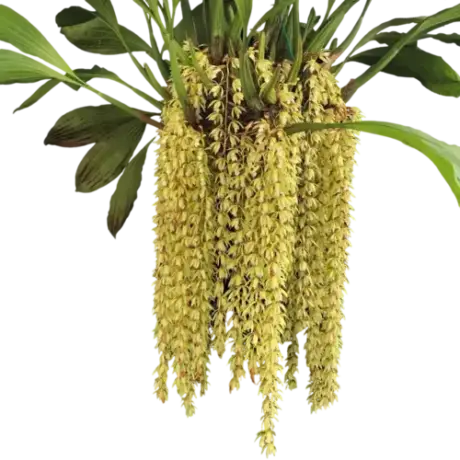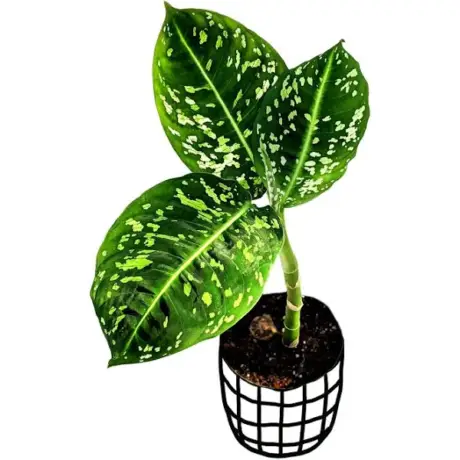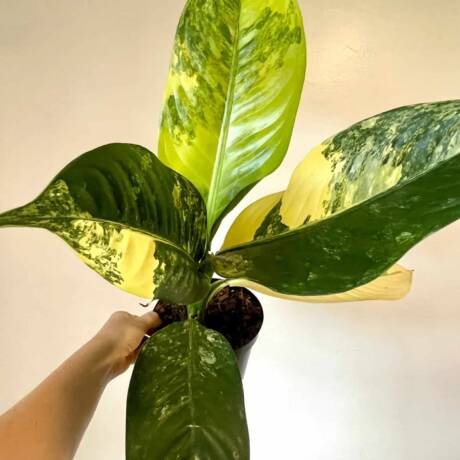-24%




Venus Flytrap, Dionaea Muscipula – rare
Original price was: ₹999.00.₹759.00Current price is: ₹759.00.
selling size mentioned in 2nd image
Additional information
Guaranteed safe checkout
Description
Description
Venus Flytrap (Dionaea muscipula) – Care Guide
The Venus Flytrap is one of the world’s most fascinating carnivorous plants. Native to the boggy areas of North and South Carolina, USA, this plant captures and digests insects to supplement its nutrient-poor soil conditions. With its jaw-like traps and vibrant green and red hues, it’s both a conversation starter and a botanical wonder.
1. Watering
- Type of Water: Use only distilled, reverse osmosis (RO), or rainwater. Tap or filtered water contains minerals that can harm or kill the plant.
- Method: Place the pot in a shallow tray with 1–2 inches of water. The plant absorbs moisture from below.
- Frequency: Keep the soil consistently moist, never dry. Allow the tray to dry for a day or two between refills to prevent root rot.
2. Light Requirements
- Sunlight: Needs at least 6 hours of direct sunlight daily for strong growth and red trap coloration.
- Best Placement: Outdoors in full sun is ideal. Indoors, place on a sunny south-facing windowsill.
- Supplemental Light: If light is insufficient, use a strong LED or fluorescent grow light for 12–16 hours daily.
3. Soil
- Do Not Use: Regular potting soil, compost, or fertilizer.
- Ideal Mix: A 1:1 or 2:1 ratio of sphagnum peat moss to perlite or horticultural sand (fertilizer-free).
- Reason: Venus flytraps thrive in nutrient-poor, acidic, well-draining soil.
4. Feeding
- Outdoor Plants: Catch their own insects like flies, ants, or spiders.
- Indoor Plants: Feed with small live insects occasionally (1–2 insects per month). The movement triggers digestion.
- Important: Do not feed human food or fertilizer. Avoid overfeeding.
- Trap Health: Each trap can close only a few times before it dies—avoid unnecessary triggering.
5. Dormancy Period
- Why: Venus flytraps need winter dormancy (Oct–Feb) to stay healthy long term.
- Signs: Slowed growth, blackened leaves, and dieback are normal.
Dormancy Care Options:
- Outdoors: Can stay outside in mild winters, protected from hard frost.
- Indoors: Keep in a cool, unheated space (2–10 °C). Water sparingly.
- Refrigeration Method: Gently clean roots, wrap in damp sphagnum moss, place in a sealed bag in the fridge for 3–4 months.
Additional Tips
- ✨ Air Circulation: Prevents mold and fungal issues.
- ✂️ Flowering: Cut flower stalks early (around 2 inches) to conserve plant energy.
- ⚠️ Trap Care: Do not poke or touch traps unnecessarily—this shortens their lifespan.
With proper care, your Venus Flytrap will thrive, grow vibrant red traps, and amaze anyone who sees it in action.
🌿 Perfect for plant collectors, nature enthusiasts, and anyone who loves unique botanical beauty.
Specifications
- Lorem ipsum dolor sit amet
- Praesent vitae justo id velit
- Duis sed nisi rhoncus, fringilla turpis





Reviews
There are no reviews yet.